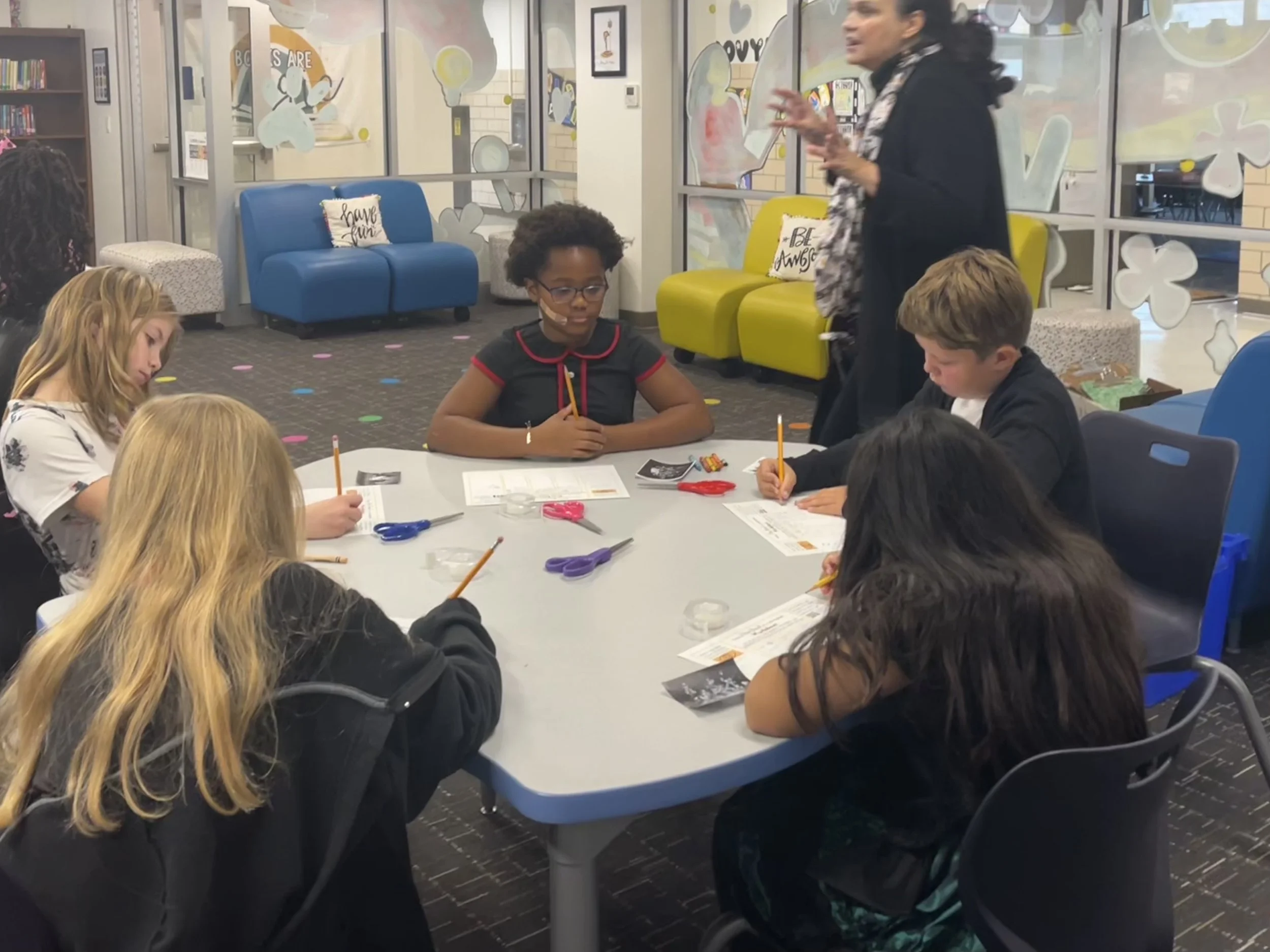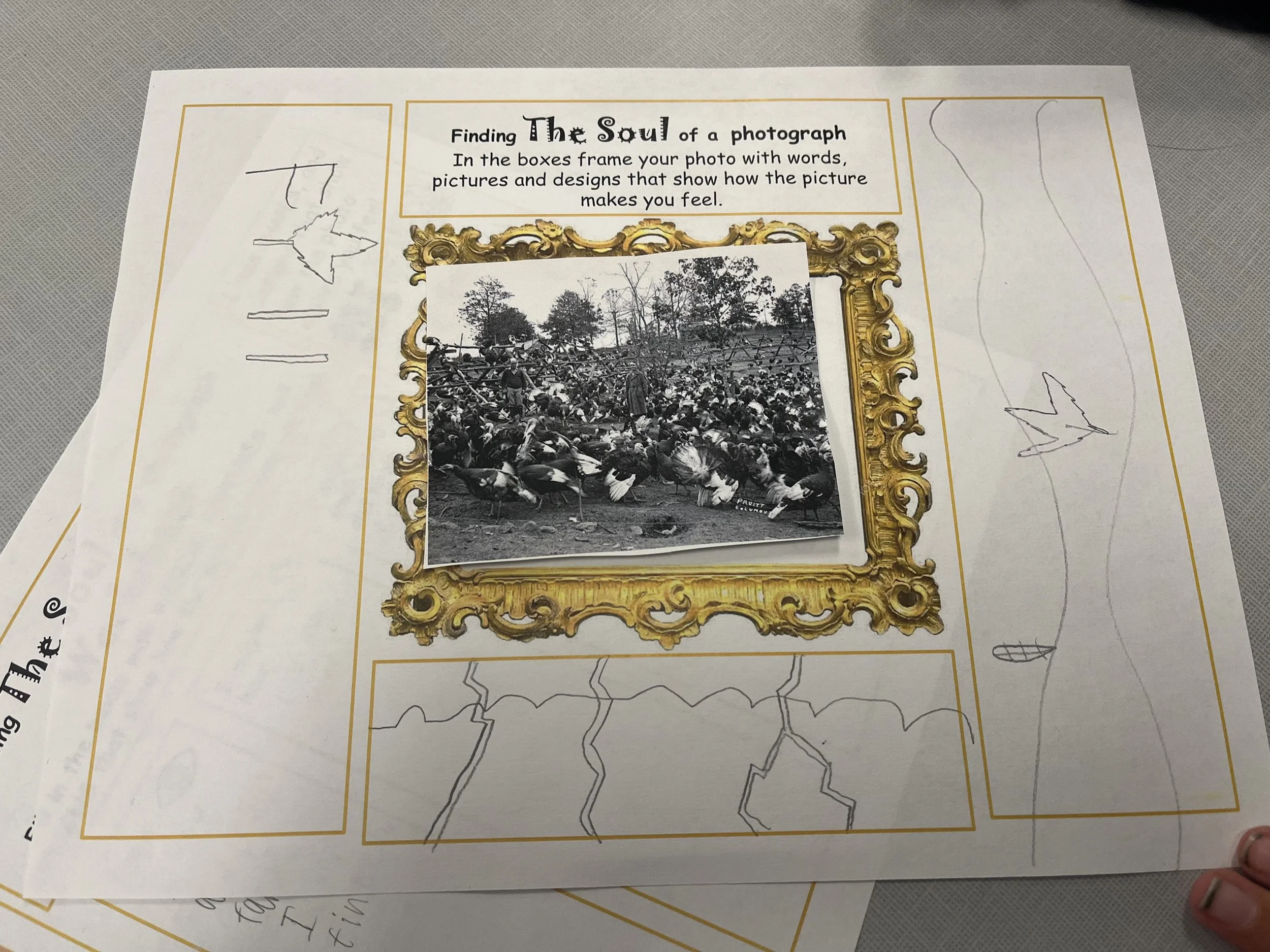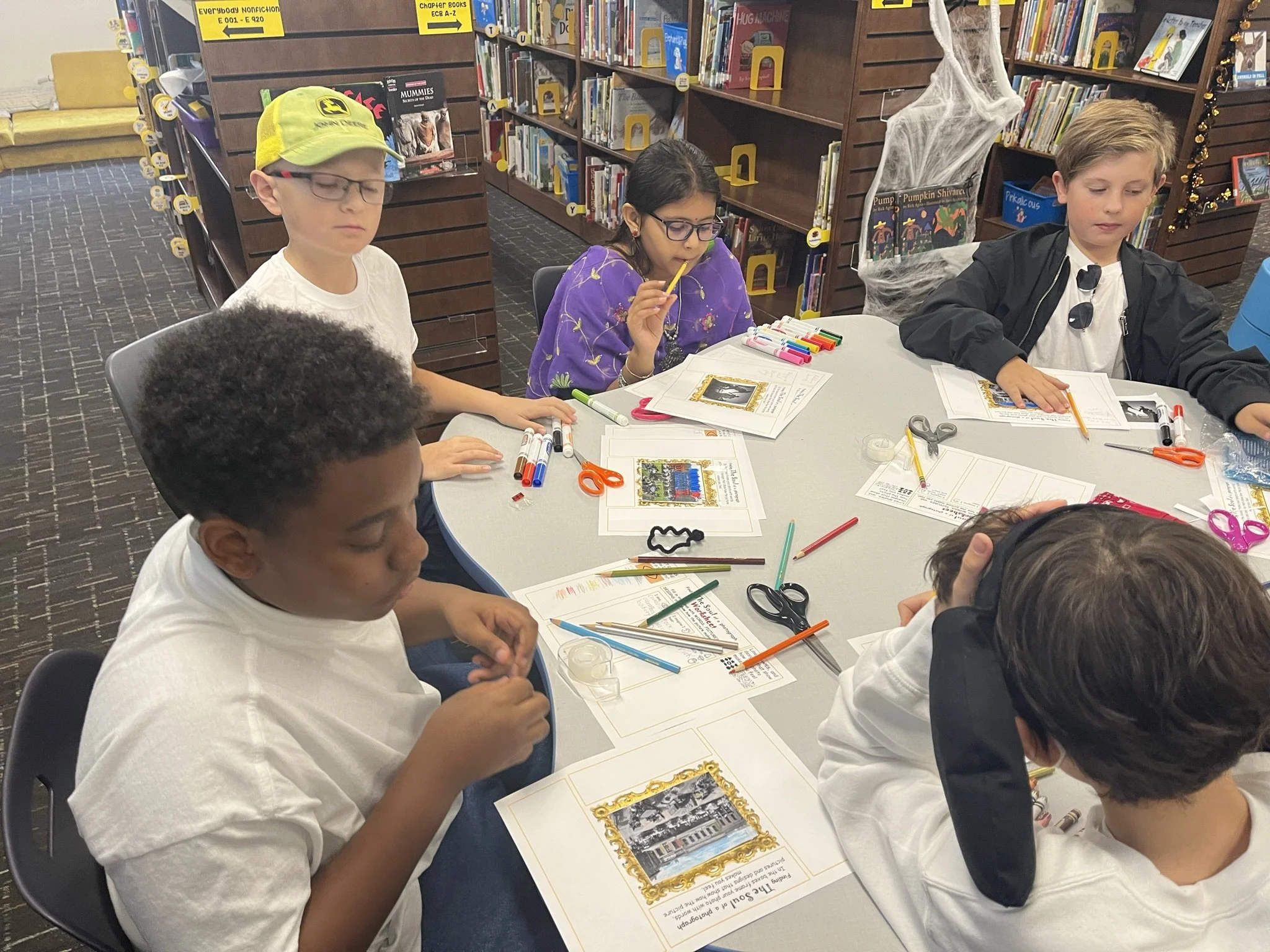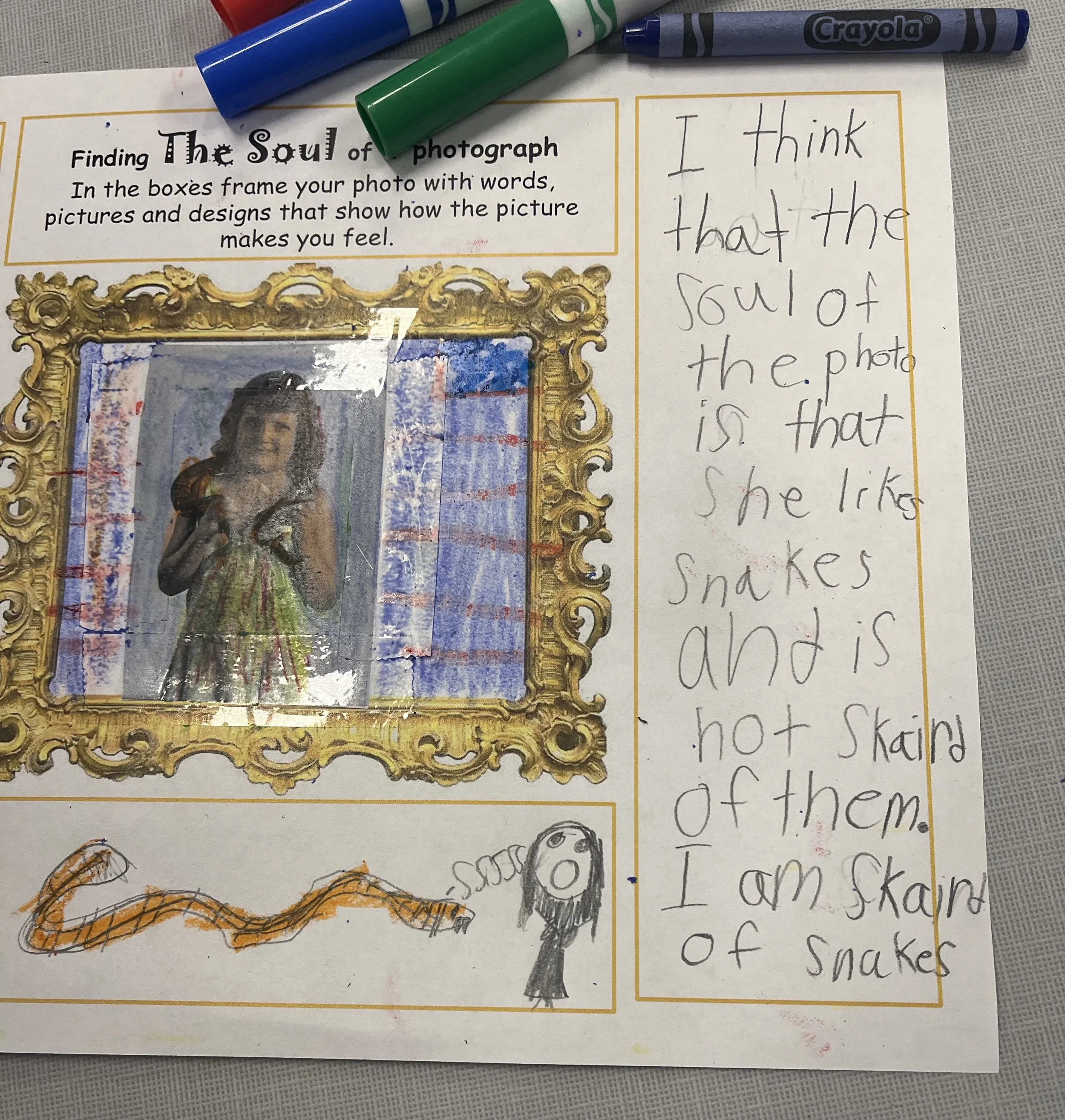Historical Thinking with Photographs from O.N. Pruitt’s Possum Town
Nearly every day, Americans use images – typically through social media – to share stories about who they are, what they value and what they have experienced. While images permeate contemporary society in the 20th century, American photographs underwent an extensive evolution. These images are developed from a professional technician or artist’s rare products to familiar illustrations of daily life made easily available through disposable cameras and 1-hour photo developers.
Photographic images produced in the past provide endless opportunities for examining and analyzing our collective history, while also sharpening our interpretive skills, empowering us in an ever more visual age. The photographs of O.N. Pruitt’s Possum Town tell a multitude of stories, fraught with commonalities, conflict, cooperation and humanity.
So, how can teachers, students, and broader community members utilize O.N. Pruitt’s photographs to explore our history?
The book O.N. Pruitt’s Possum Town: Photographing Trouble & Resilience in the American South, includes images from Columbus, Mississippi, and nearby areas recorded by photographer O.N. Pruitt from 1915 until 1960.
A portrait photographer, documentarian and community member, Pruitt recorded the diversity of life and culture in a small Mississippi city over a 40-plus year period, offering a comprehensive opportunity for historical exploration easily applicable to other communities across the United States.
The photographs challenge viewers to consider the source and subjects of each image, formulating historical questions in meaningful ways, a significant skill for conducting historical research. Viewers may also be challenged to identify problems in the past while analyzing the values, interests and perspectives of those involved with the images.
Thinking historically, teachers, students and community members can engage the Pruitt photographs by asking some of the questions suggested below while viewing.
-
In this context, “contention” suggests the conflicts between a varied, diverse collection of people, experiences, events, and viewpoints that permeated and complicated life in the American South during Pruitt’s career.
Pruitt’s photographs caution viewers against simplifying Mississippians, southerners, or Americans, regardless of their ethnicity, race, gender, religion or class, into a monolithic group.
Teachers, students and community members can utilize photographs from the O.N. Pruitt collection to evaluate the societal contention among the photographs’ subjects, recognizing the complexity of Pruitt’s subjects. This analysis of true humanity can empower viewers with a more complete understanding of contemporary events and society.
-
“The process of looking is deeply personal.” – Berkley Hudson
The identity of a person or community encompasses its memories, experiences, relationships and values across time. The combination of these elements provides a fundamental basis for reacting to or incorporating new facets of meaning to history. In the American South, identity has historically developed around race, gender, class, ethnicity and other social identities, including religion.
Historical education has often been centered on the experiences and memories of the middle-class, white and male population. In order to gain a more complete understanding of our collective past and present, these narratives must be expanded to include the experiences and voices of a much broader set of community members.
The O.N. Pruitt collection offers windows for viewers to explore the interrelated nature of these identities from a broad spectrum of life in the rural South through the mid-twentieth century.
In an increasingly visual world, teachers, students and community members can utilize photographs from the O.N. Pruitt collection to foster engagement, develop empathy and enhance visual literacy skills as they explore the various identities represented among the photographs’ subjects.
-
The University of North Carolina at Chapel Hill has collected O.N. Pruitt’s photographs in its Southern Historical Collection. Explore the digitized collection here.
LaGarrett J. King
Dr. King is an Associate Professor of Social Studies Education in the Department of Learning and Instruction in the Graduate School of Education at the University at Buffalo. Dr. King earned his PhD from the University of Texas at Austin. A former teacher in Texas and Georgia, his research broadly examines how Black history and race is taught and learned in schools and society.
Suggested Historical Thinking Questions
Initial viewing of a photograph:
What do I notice first?
What people do I see?
What objects do I see?
What activities do I see?
How would I summarize in one sentence what I see in my initial viewing?
Further examination:
What can I conclude about the location of the photograph?
What can I conclude about the time when this photo was taken?
Why do I think this photo was taken?
Who was the intended audience for this photo?
Placing the photograph in a larger context:
What might have happened just before this photo was taken?
What was happening historically at the time this photo was taken?
What can you discover from this photo that you might not be able to learn anywhere else?
What other documents, photos, or historical evidence would you use to help you understand the photograph and its subjects more completely?
As viewers attempt to answer these questions, further questions will likely occur, and viewers can realize the universal benefits of applying historical thinking to their own situations and communities.
Further application
For further exploration and for use of photographs in the classroom beyond O.N. Pruitt’s Possum Town, teachers, students and community members can employ “Suggested Historical Thinking Questions With the O.N. Pruitt Photographs” to photographs or photographic collections specific to their own communities or states.
The Prints & Photographs Online Catalog from the Library of Congress can be utilized to identify regional or local photographs.
At the Prints & Photographs site, search for the state or local community by name. Then, explore the search results for photographs of interest. For example, a search for “Columbus, Mississippi” identifies 283 results.
Employ “Suggested Historical Thinking Questions With the O.N. Pruitt Photographs” to ask questions about the search results, taking the lessons learned from the Pruitt collection and applying them to the local community.
Author Biographies
Charles Yarborough
Yarborough has taught history at MSMS since 1995. He has directed the Tales from the Crypt project with the annual Columbus Spring Pilgrimage since 2001. He received the Governor's Award for Excellence in the Arts and recognition by the History Channel; NPR's All Things Considered has featured his work. He won the Lehrman Institute of American History award as Mississippi History Teacher of the Year, was national runner-up for the DAR Outstanding Teacher of American History award and selected as one of NPR's 50 Great Teachers.




